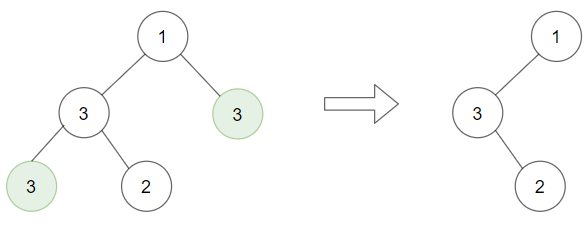Given an array of integers nums sorted in ascending order, find the starting and ending position of a given target value.
If target is not found in the array, return [-1, -1].
Follow up: Could you write an algorithm with O(log n) runtime complexity?
Example 1:
Input: nums = [5,7,7,8,8,10], target = 8 Output: [3,4]
Example 2:
Input: nums = [5,7,7,8,8,10], target = 6 Output: [-1,-1]
Example 3:
Input: nums = [], target = 0 Output: [-1,-1]
Constraints:
0 <= nums.length <= 105-109 <= nums[i] <= 109numsis a non-decreasing array.-109 <= target <= 109
Idea:
Binary Search
Solution:
/**
* @param {number[]} nums
* @param {number} target
* @return {number[]}
*/
var searchRange = function(nums, target) {
let leftBound = -1;
let rightBound = -1;
let l = 0;
let r = nums.length - 1;
while (l <= r) {
let mid = l + Math.floor((r - l) / 2);
if (nums[mid] === target) {
leftBound = mid;
r = mid - 1;
} else if (nums[mid] > target) {
r = mid - 1;
} else {
l = mid + 1;
}
}
l = 0;
r = nums.length - 1;
while (l <= r) {
let mid = l + Math.floor((r - l) / 2);
if (nums[mid] === target) {
rightBound = mid;
l = mid + 1;
} else if (nums[mid] > target) {
r = mid - 1;
} else {
l = mid + 1;
}
}
return [leftBound, rightBound];
};




